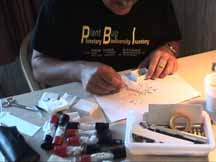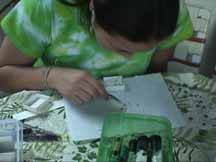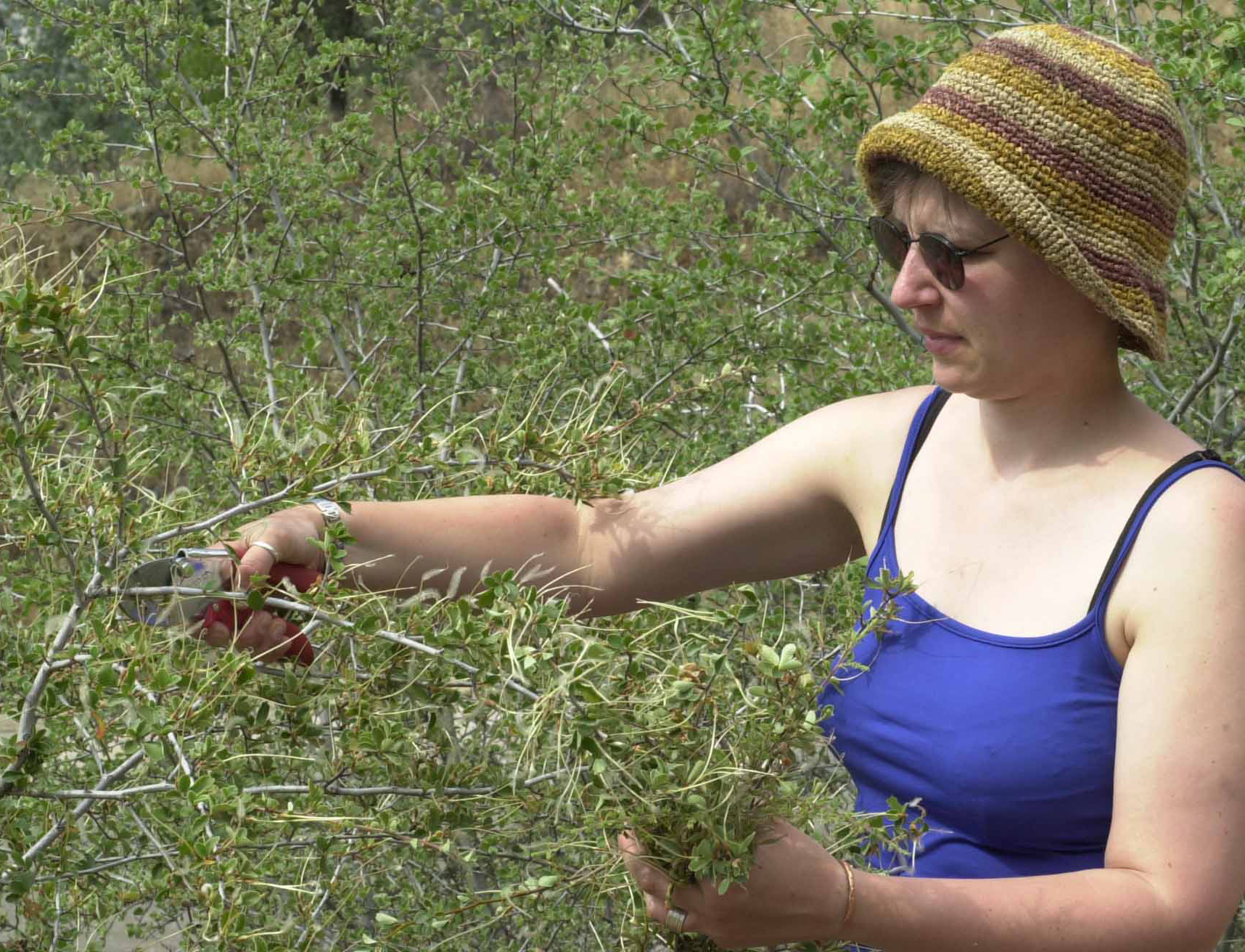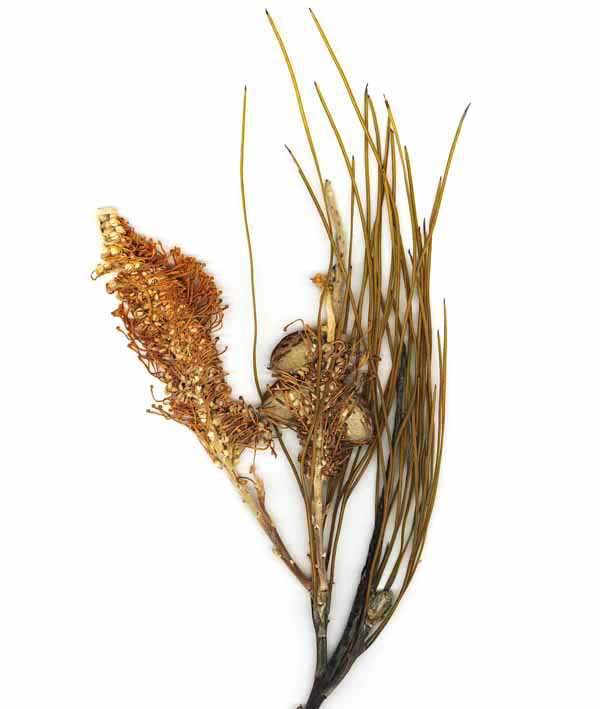Field Methods |
|

|
Storage and Transport of Insect Specimens Because most species of Miridae are delicate and will readily shed their appendages when dry, it is imperative that they be handled with care. Mounting while in the field will no doubt produce the highest quality specimens. It is also very time consuming, cannot be done well under adverse conditions, and detracts from the prime activity of collecting and host documentation. The alternative to field mounting is to "layer" specimens for transport. PBI team members used small jewelry boxes with "cellucotton" packing material cut to size; several layers of specimens can be accommodated in a single box. We recommend that separate boxes be used for each host, to reduce the possibility of commingling material and consequent loss of scientific information.
|

|
|
 |
Preparation of Host Plant Vouchers Accurate host information attached to specimens will increase greatly the scientific value of any and all Miridae specimens. Thus, all field PBI field trips include provision for collection, preservation, and subsequent authoritative identification of host voucher specimens. Basic plant pressing materials including cardboards and blotters can be purchased from a variety of biological supply houses. A press can be easily made from two pieces of plywood cut to approximately 12 x 18 inches (30 x 45 cm), used in conjunction with sturdy straps that can be acquired at any camping supply store.
|
 |
Plant identification is always facilitated by having flowers and/or fruits associated with the specimens. Because most Orthotylinae and Phylinae are found as adults on plants in flower the preservation of vouchers in flower is usually a straightforward process. Instructions on plant pressing techniques can be found in most general botany text books or on the Internet at: http://www.mobot.org/MOBOT/Research/Library/liesner/collect.html
PBI funds are allocated for the identification of host vouchers. Elsewhere on this site we acknowledge those herbaria that have provided authoritative host identifications.
|




